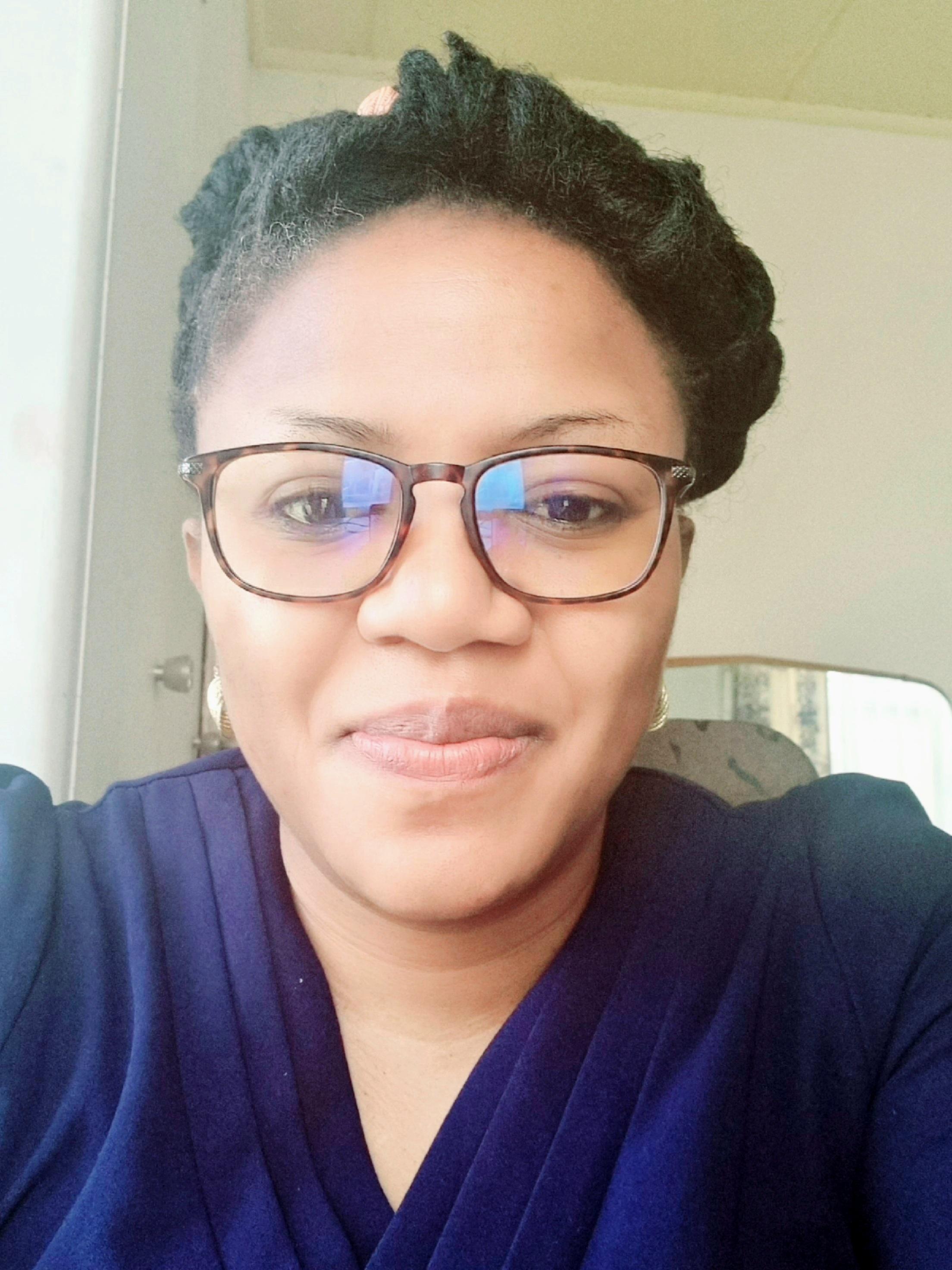Women’s day was earlier this month - a celebration in remembrance of the brave acts of the women that protested attempts to subdue their fundamental human right to move around and explore their homeland as they see fit.
As the month draws to an end, we’ve decided to close it off by reaching out to women we admire in the XR space and seeing how they are using the technology in their everyday lives and solving interesting problems.

Mrs. Mafor Penn, our feature, is a lecturer at the University of Johannesburg who is currently carrying out her Ph.D. in Science and Technology Education. Her work is an example of how XR can be used to bridge gaps in the current education system, and we’re excited to share it with you. Find our conversation with Mafor below. (P.S - the words in square brackets “[]” are our additions)
-
Your field is Childhood Education. In 2019, you carried out a 5-week ‘virtual chemistry’ intervention with students in a B.Ed program. What problems were you trying to solve, or investigate?
The problem in this particular research was caused by the realization that while traditional chemistry laboratories for school science teaching are scarce in several teaching clusters in local schools, more and more schools are becoming technologically resourced. It was therefore critical that pre-service teachers be equipped to use virtual laboratories for their own learning as well as for future practice in under-resourced settings. The main aim is to enhance inquiry-based learning, visualization, and students’ conceptual understandings of chemistry concepts
-
How long have you been working on your research?
Effectively for five years. My love for technology-enhanced science teaching and learning started in my years as a high school science teacher about a decade ago, though.
-
How is XR helping you achieve this?
While 2-dimensional simulations of scientific processes had always been my go-to, eXtended reality (XR) took the love of simulations to the next level. Virtual reality (VR) applications especially have the profound affordances of embodiment, spatial presence, and immersion. This by far helps in science concept formation and long-term memory.
-
When did you decide to include the use of XR as a tool for your work and why?
By the end of my series of PhET [Physics Education Tech] simulation interventions in 2018, I needed something different, more exciting, and futuristic. As you would know, one of the strategic goals of our university (The University of Johannesburg) is to prepare a citizenry fit for the fourth and fifth industrial revolutions. So the goal for me as a sciences lecturer was to look at ways to integrate more advanced learning technologies into my practice and prepare future-fit science teachers for classrooms of a techno-centric generation.
-
How can the features of the XR equipment you use improve to make your work smoother or easier?
For VR, based on some findings of my research, Head Mounted Displays (HMD) that are cheaper, lighter in weight, and easily adjustable are desired, while for augmented reality (AR), markerless applications [apps like Pokemon Go, or Snapchat/Instagram filters] are what students tend to prefer more. However, the key challenge in XR-enhanced learning has nothing to do with equipment but the scarcity of readily available virtual and augmented reality (XR) applications for science teaching, especially in Physics. The call for content developers of educational XR applications, especially in the African continent, is critical.
-
What’s your current favorite XR feature?
Spatial immersion and interactivity. In VR especially, spatial immersion is the feeling of being physically present in a virtual world and also the 3D visualization of abstract phenomena when immersed in virtual spaces. This, for me, greatly aids retention and long-term memory.
Interactivity, in both VR and AR, is the ability to move, gesture, teleport, rotate, enlarge, reduce, etc, using virtual objects.
-
Do you see your use of XR as a permanent feature of your work?
Yes, XR is fun, convenient, and actually motivates students toward Science, Technology, Engineering, and Mathematics (STEM) learning and, subsequently, STEM careers.
-
Are you familiar with the XR field outside your work? If so what do you make of the space and where do you see XR being applicable outside of your current field?
To a lesser extent, I have used XR for gaming, leisure, and corporate meetings with XR enthusiasts from 50 countries and I must say that XR holds great potential for all these industries. In fact, the metaverse is here to stay!
-
What is something you’ve learned from your years doing what you do, and think people should think about more regularly?
XR-enhanced science education has provided a different perspective on what working smart means. In my experience, STEM skills can first be developed and perfected virtually through trial and error before an encounter with the real world. This has been done in chemistry, medicine, aviation, mining, engineering, etc, with great success. Meetings like the one I mentioned earlier in the past required that I book a flight from Johannesburg to South Korea. However, with XR and from the comfort of my office, I attended and interacted (this is different from other meeting platforms) with all participants without leaving Soweto. It is crucial, therefore, that people and organizations adopt XR technology in different spheres of life. The potential is enormous and widely applicable from classrooms to boardrooms.
And that’s it for our conversation with Mafor. The ability to simulate environments to a high degree of accuracy can be a game-changer for education, especially when dealing with abstract subjects, such as Chemistry, and that’s only one aspect of what can be done with XR technology.
To find out more about Mafor’s work, you can read her research paper here.
While we’re only featuring one of these amazing women in this article, big ups to everyone else we reached out to -Lorna Okeng, Judith Okonkwo, and Max Noir- for the innovative ways they’re using XR technology.
(P.S. - We’re having a hackathon with Judith in November! Register now)
Happy new month!

